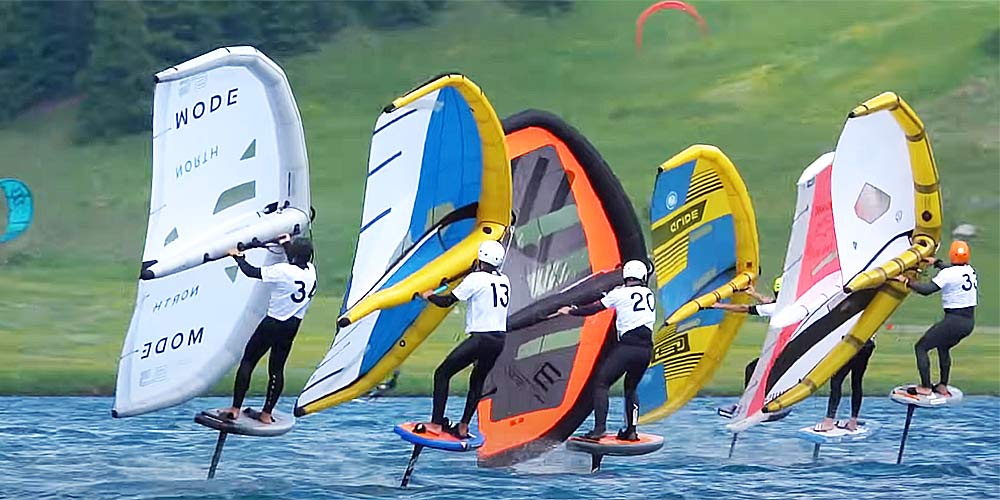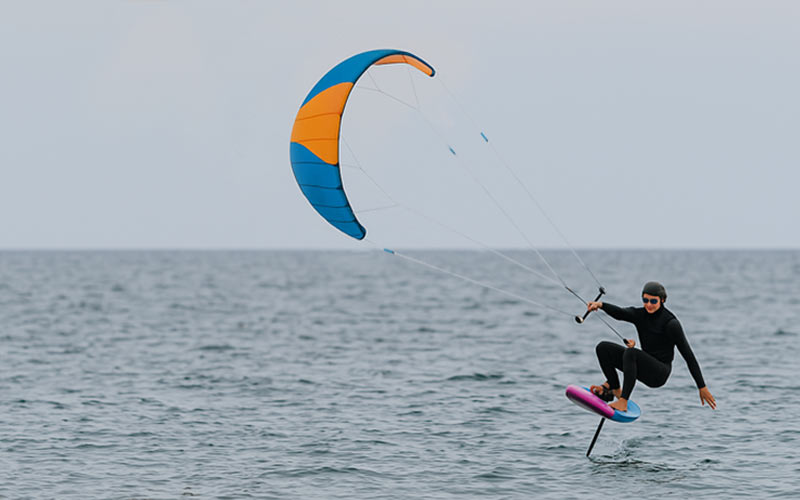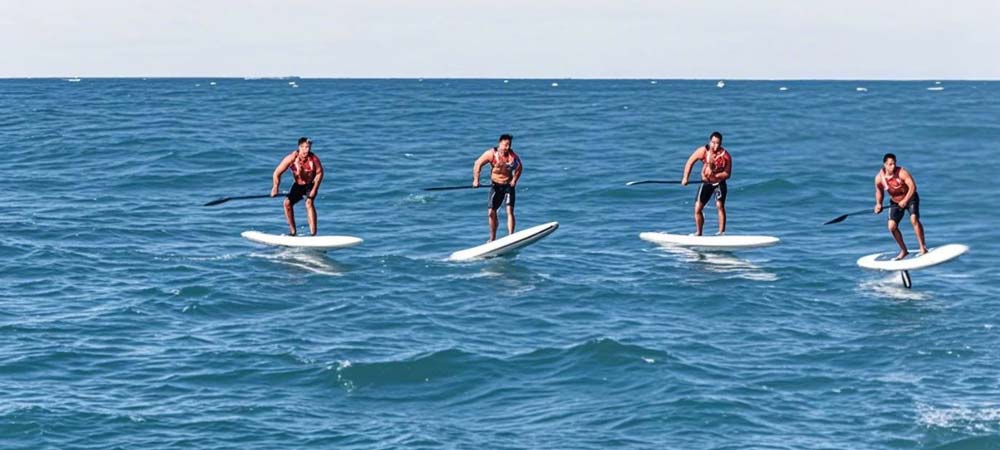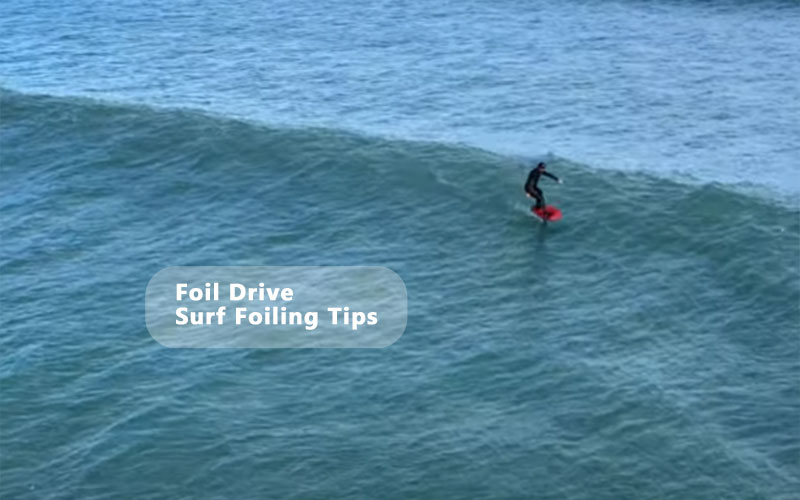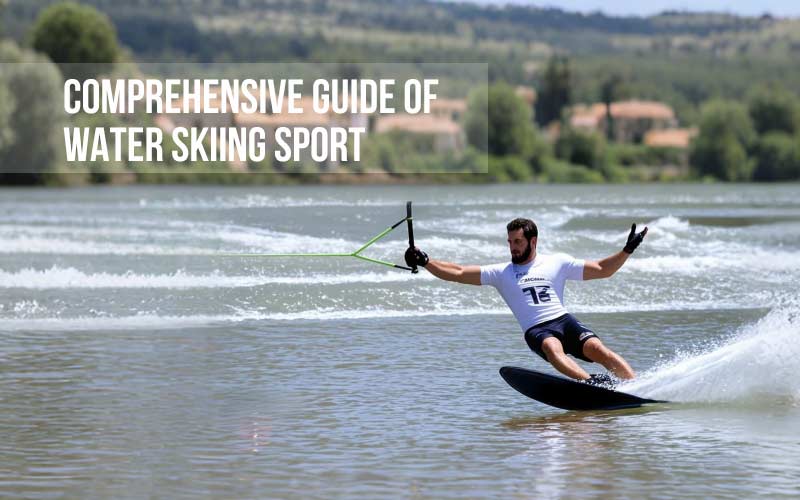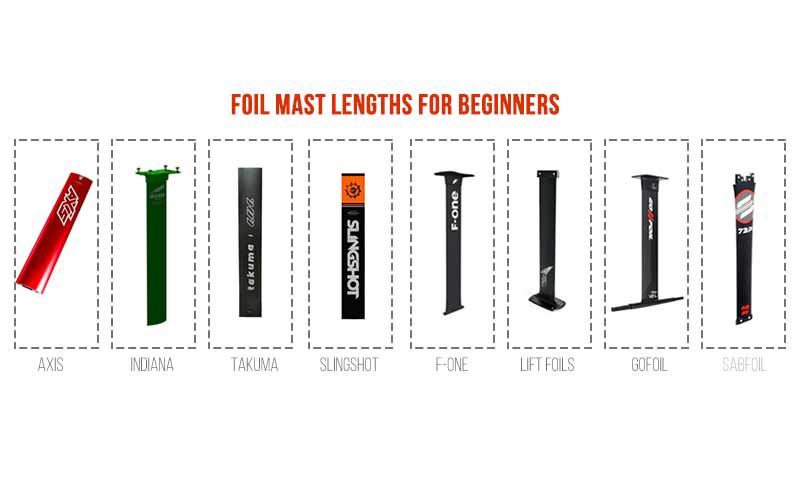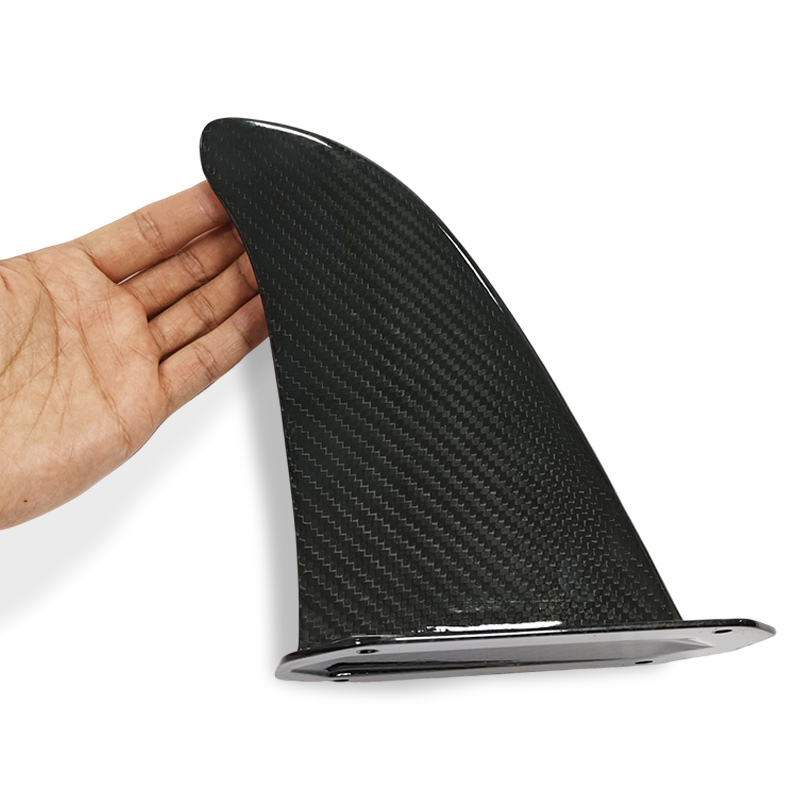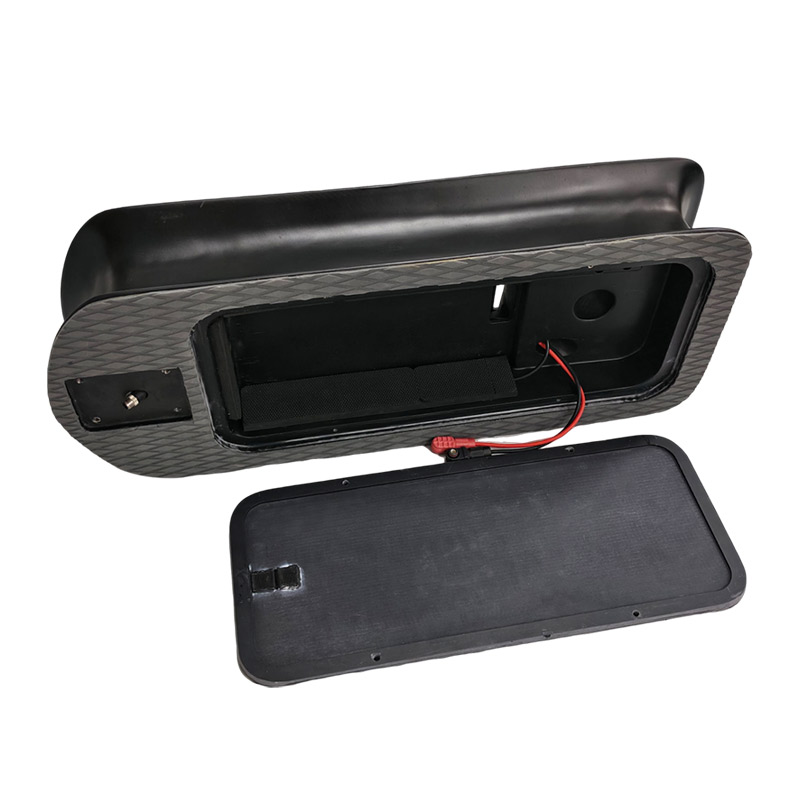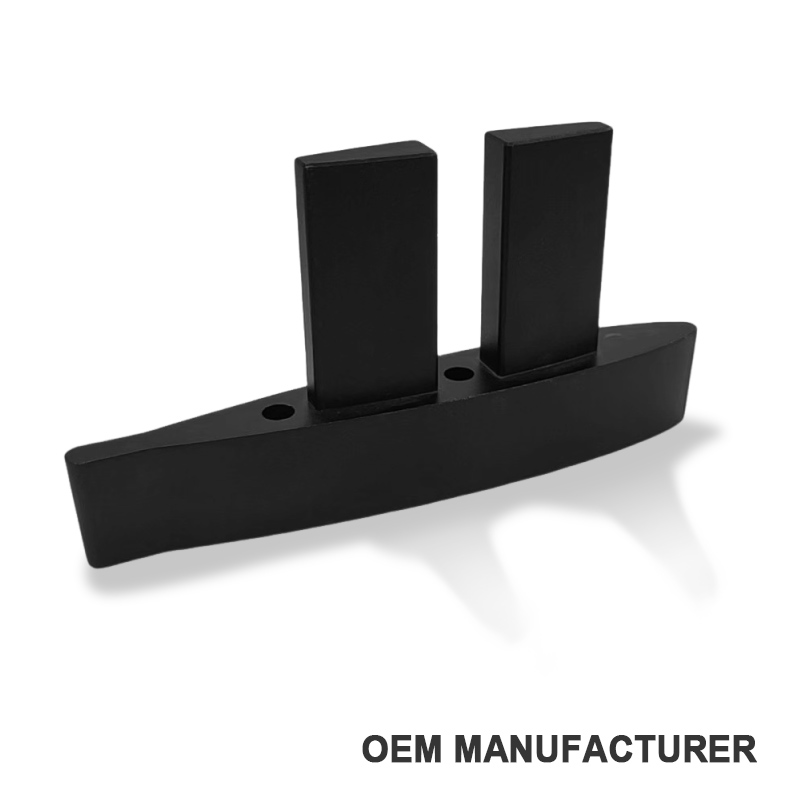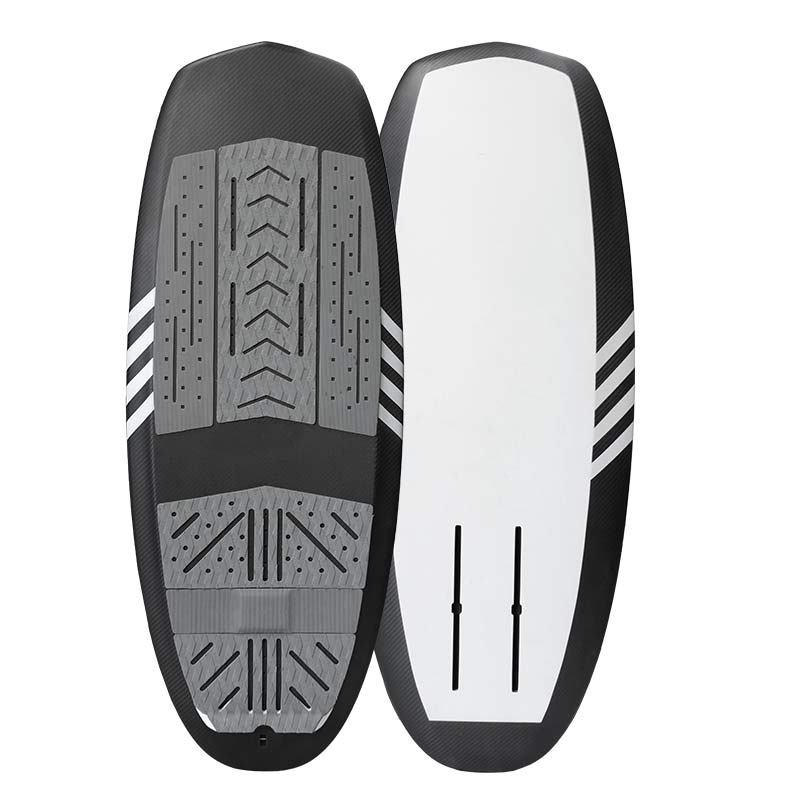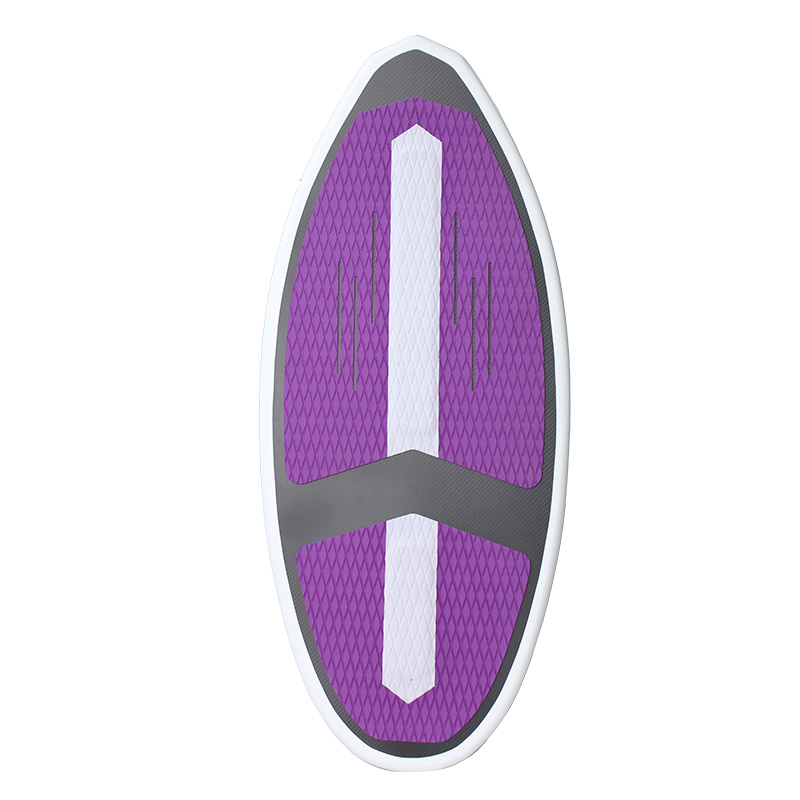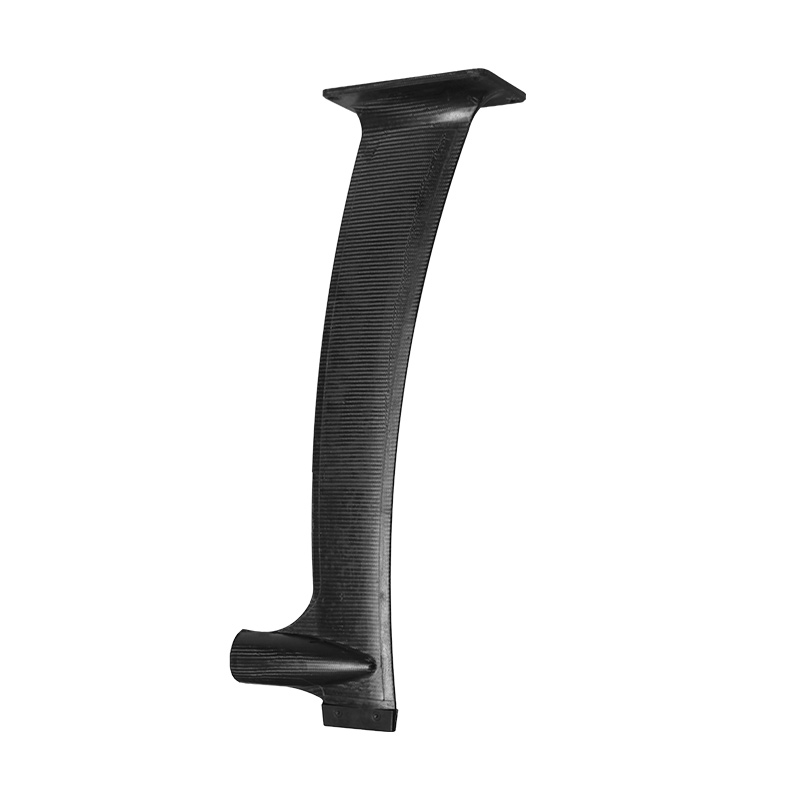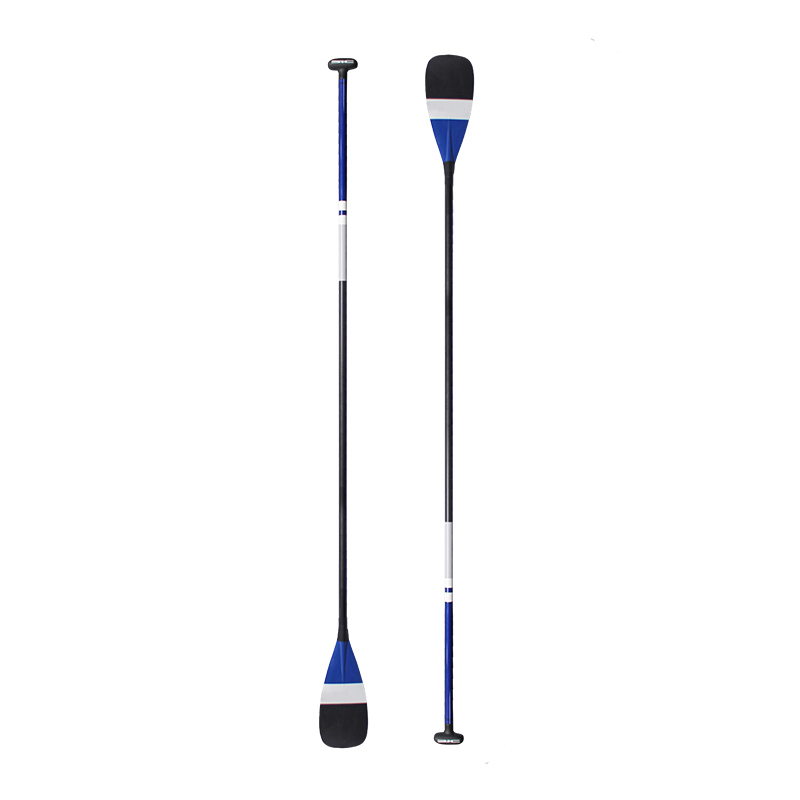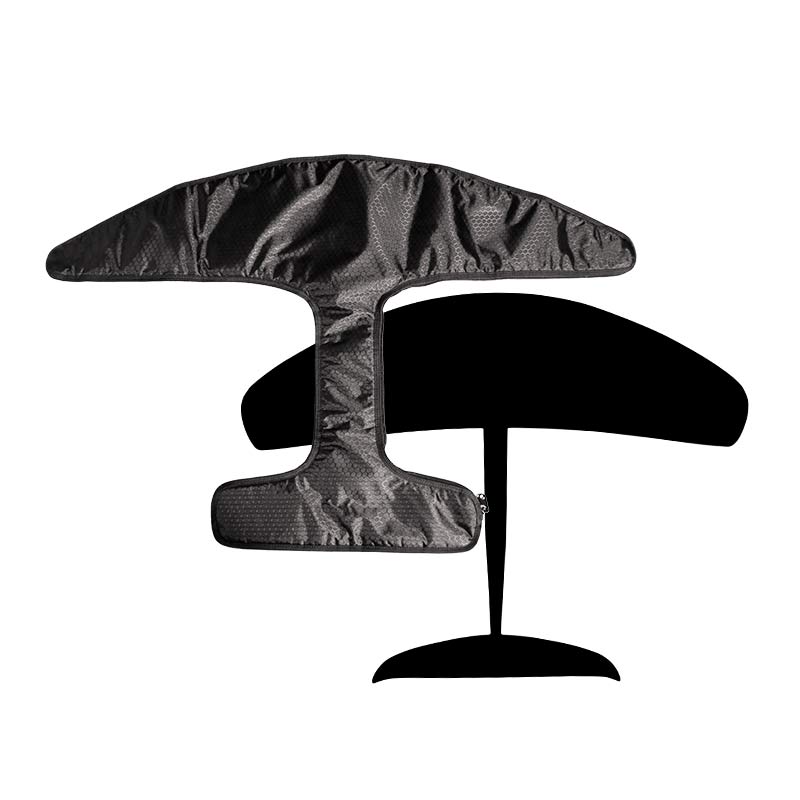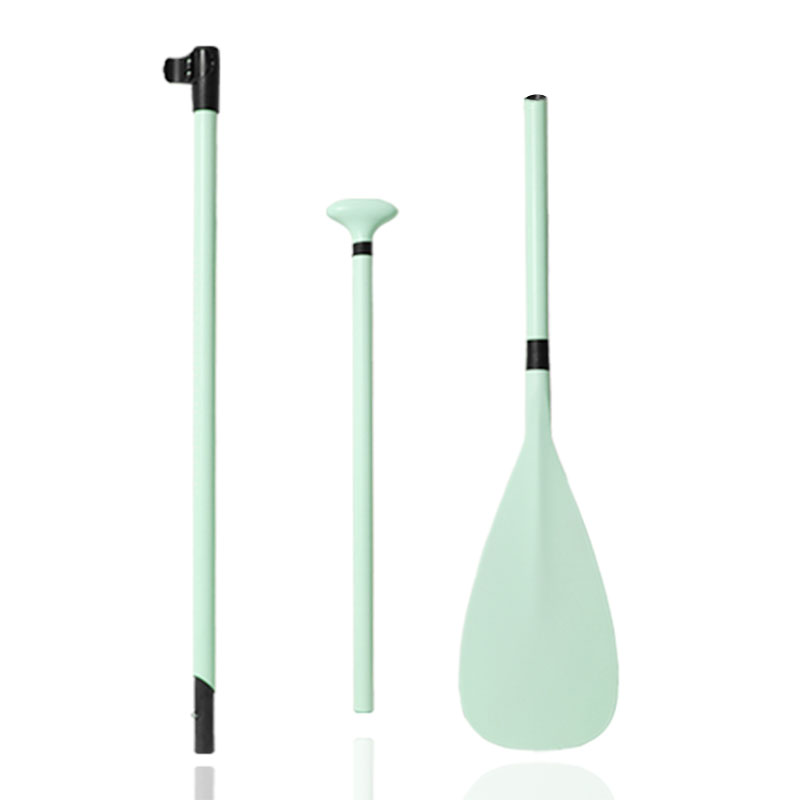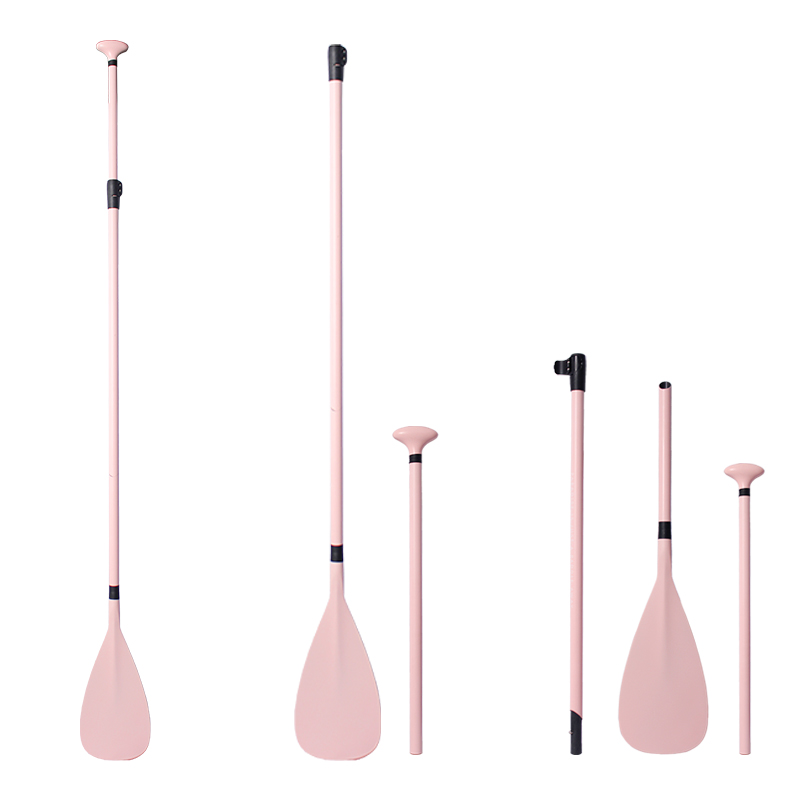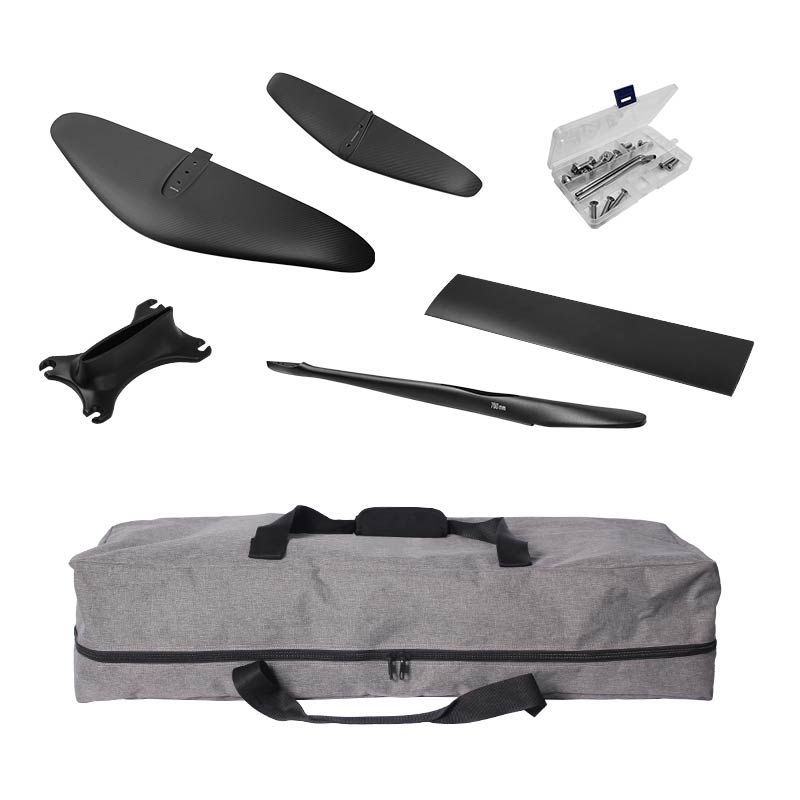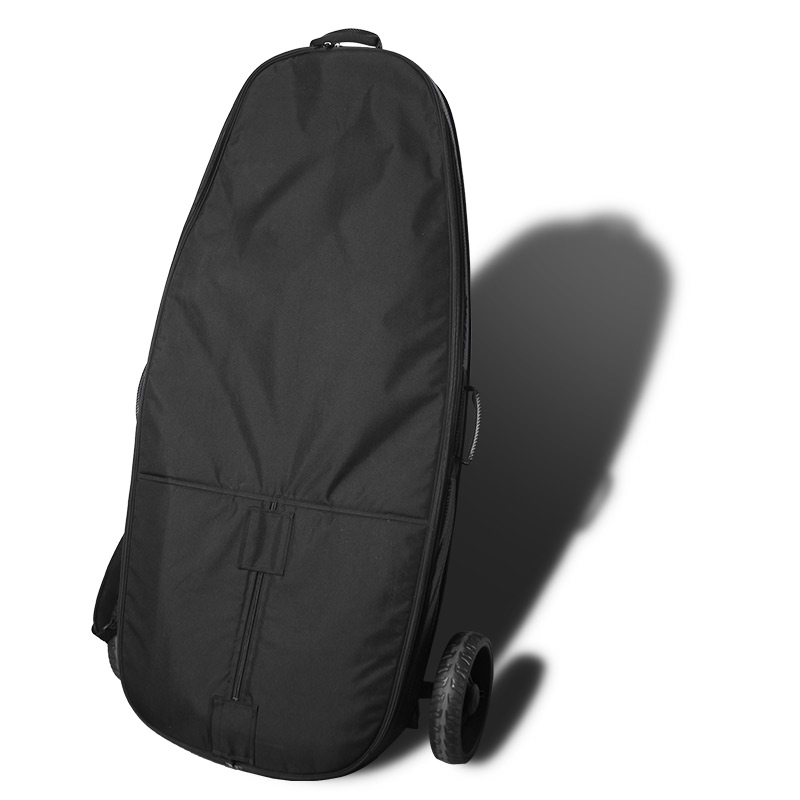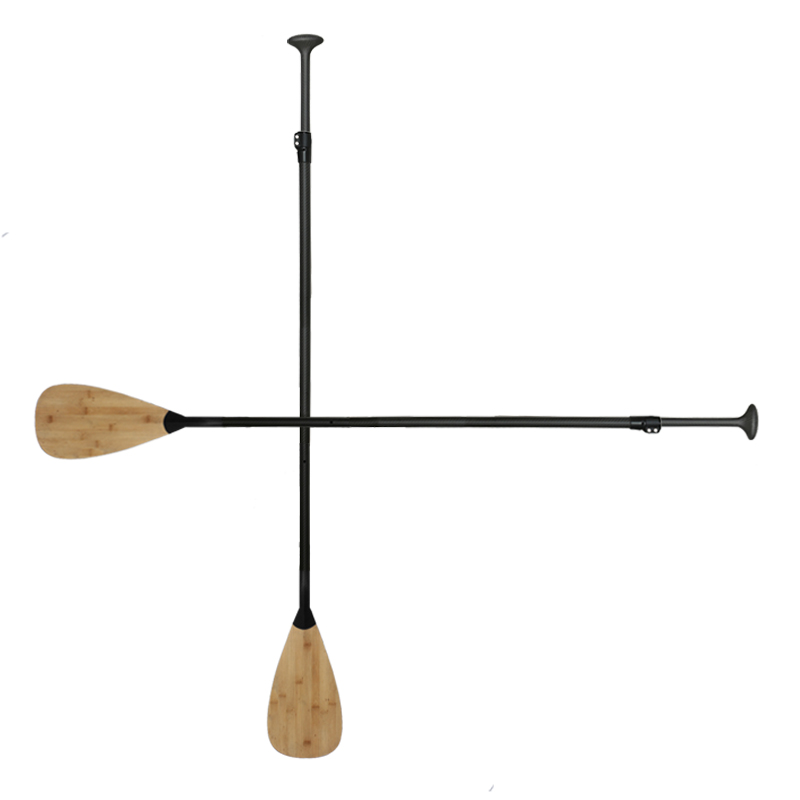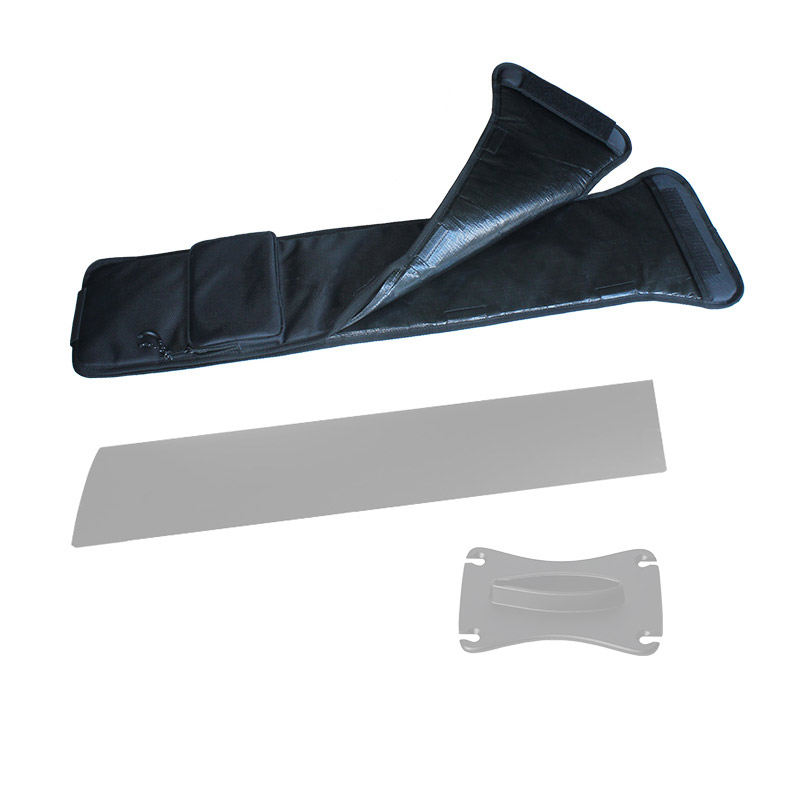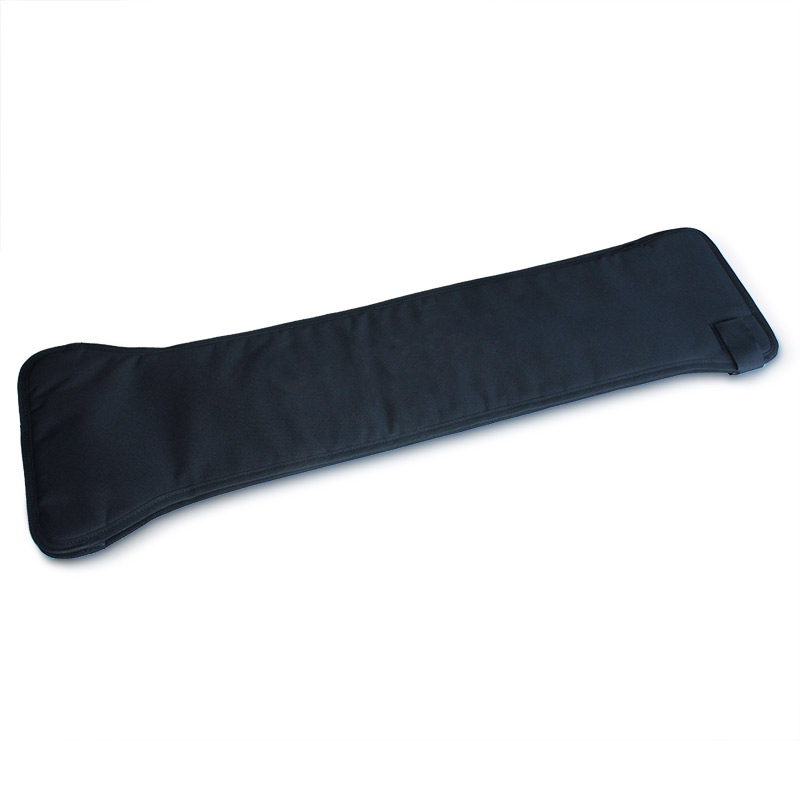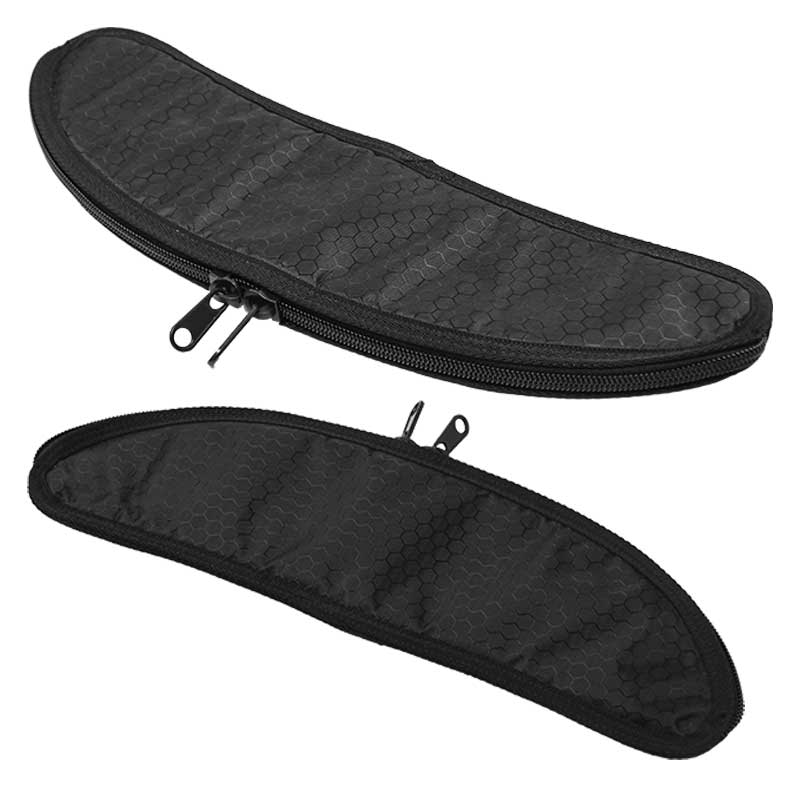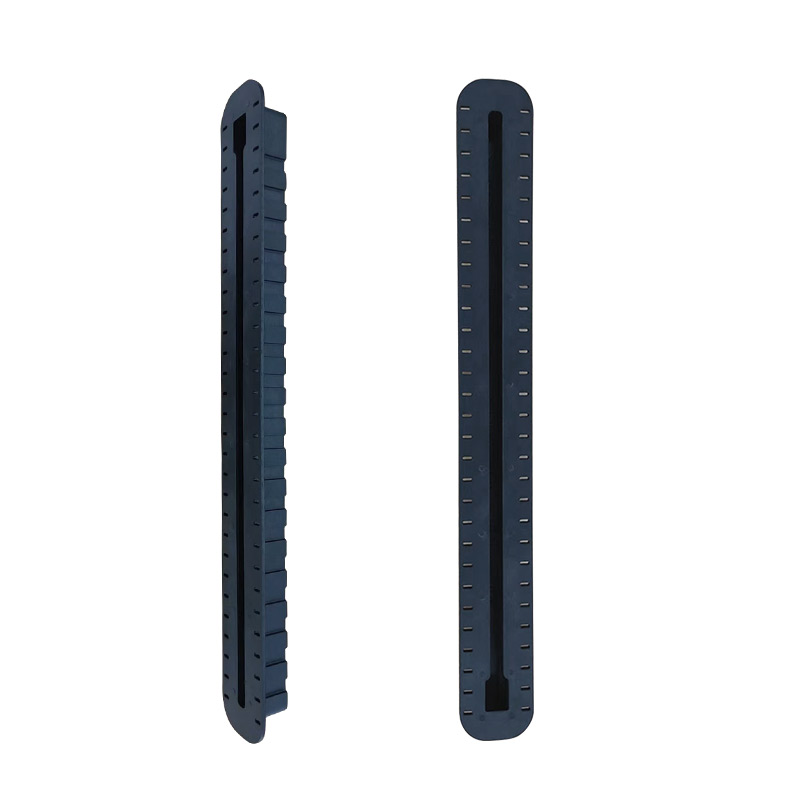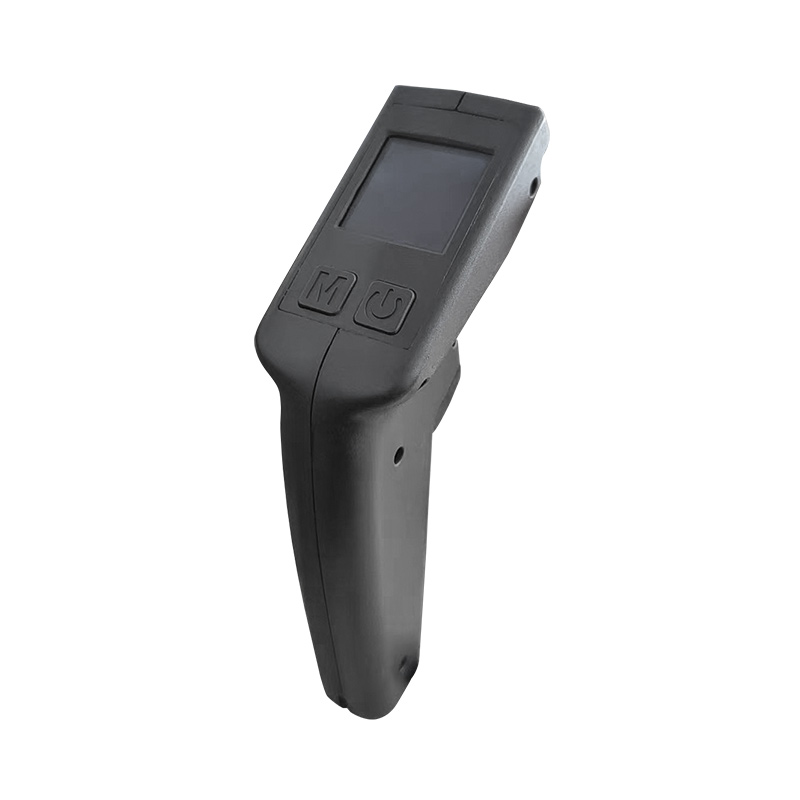Hydrofoil windsurfing has long been a beloved water sport, blending the essence of sailing and surfing to create a unique and exhilarating experience. However, in recent years, a new dimension has been added to this beloved sport – hydrofoil windsurfing. In this article, we will explore the world of hydrofoil windsurfing, breaking down what it is, the equipment required, its difficulty level compared to other related sports like wing foiling, and what preparations you need before you can take flight on the water.
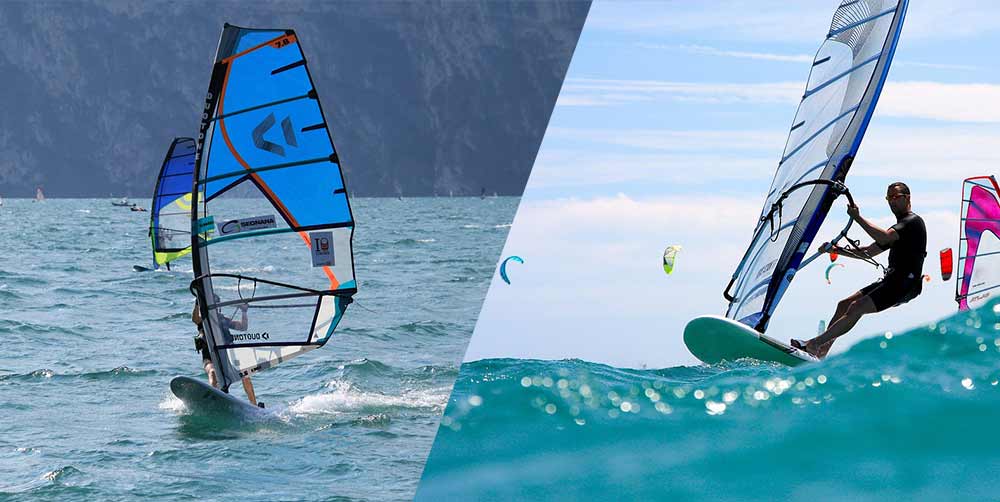
1. What is Hydrofoil Windsurfing?
Hydrofoil windsurfing, often simply referred to as “windsurfing foiling” or “foil windsurfing,” is an exciting and innovative variation of traditional windsurfing that has gained popularity among water sports enthusiasts in recent years. This thrilling water sport involves riding a modified windsurfing board equipped with a hydrofoil, a specialized underwater wing-like structure. The primary purpose of the hydrofoil is to generate lift, enabling the windsurfer and board to rise above the water’s surface, essentially “flying” on the foil.
2. How Hydrofoil Windsurfing Works:
When a windsurfer catches the wind in their sail and starts moving, the hydrofoil’s wings generate lift. As the lift force increases, it counters the gravitational pull on the rider and board, causing them to rise out of the water. Once the hydrofoil is engaged, the board hovers above the water’s surface, and the sensation is akin to flying on air and water simultaneously.
Riders must continuously adjust their body position and balance to control the direction and angle of the hydrofoil. This dynamic interaction with wind, water, and the hydrofoil creates an exhilarating experience that is both challenging and immensely rewarding.
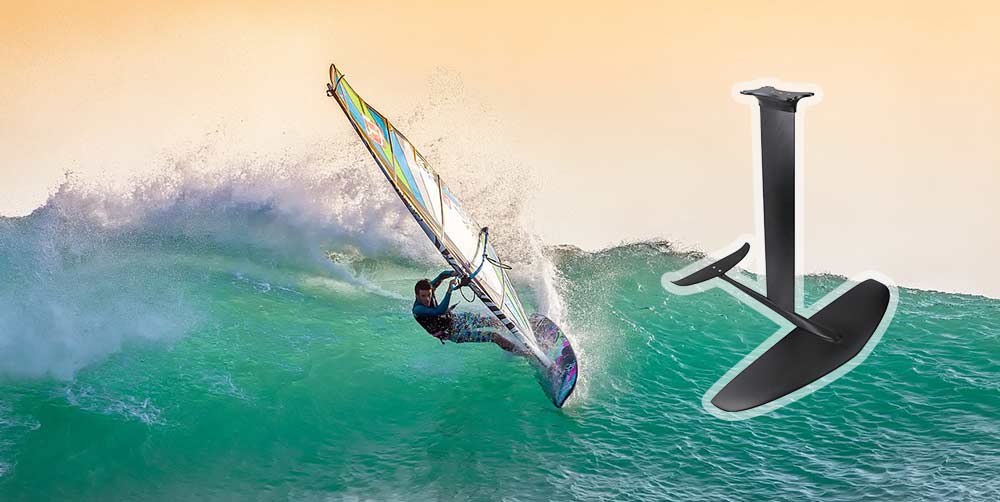
3. The Equipment of Windsurfing Foiling
To embark on a hydrofoil windsurfing adventure, you’ll need specialized equipment:
Windsurfing Board:
- Choose a board specifically designed for hydrofoil windsurfing, which is a popular water activity that combines elements of sailing and surfing. The windsurfing board, often simply referred to as a “board,” serves as the platform on which the windsurfer stands and uses to harness the wind for propulsion and steering. These boards are shorter and wider for stability and maneuverability.
- Windsurfing boards come in various shapes, sizes, and designs to cater to a wide range of skill levels and preferences. Choosing the right board is crucial for a successful windsurfing experience, as it directly influences stability, maneuverability, and overall performance on the water. Beginners often start with larger, more stable longboards, while experienced windsurfers may opt for shorter, specialized boards designed for specific conditions and styles of riding.
Hydrofoil:
- As the heart of wind foil surf, the hydrofoil consists of a mast, fuselage, front wing, rear wing, and mast base. Generally, there are aluminum & carbon, full carbon, glass fiber, and G-10 material types on the market. It’s responsible for lifting you out of the water. We have written many posts about what hydro foiling is, if you are interested, please go to our news page to see it.
- In this part, the aspect ratio design is very important, which will influence the foil’s performance in the water. The ideal aspect ratio can vary based on several factors, including the intended use, rider skill level, and design preferences. For windsurfing hydrofoils, aspect ratios typically fall within the range of 3:1 to 6:1. This means that the wingspan is three to six times longer than the average chord length.Here are some Hydrofoil wing aspect ratios from 4.5:1 to 5.5: 1.
Sail:
- A windsurfing sail is a crucial component of a wind surfing rig, the ensemble of equipment used in the sport of wind surfing. The sail is the primary means by which windsurfers capture the wind’s energy to propel themselves across the water. It’s essentially the equivalent of a sail on a sailboat, but it’s mounted on a mast and attached to a windsurfing board.
- It opts for a smaller sail than you would use for traditional windsurfing, as the hydrofoil generates additional speed and lift. Generally, the sails come in various sizes, measured in square meters (m²). The appropriate sail size depends on the rider’s skill level, wind conditions, and the type of windsurfing (freestyle, wave riding, slalom, etc.).
- Smaller sails (around 3.0 to 5.0 m²) are suitable for strong winds and more experienced riders.
- Larger sails (6.0 m² and above) are better for light wind conditions and beginners.
Harness and Lines:
The windsurfing harness and lines are vital components of a windsurfer’s equipment, enabling them to control the sail, maintain balance, and perform maneuvers while harnessing the wind’s power.
- Harness: it is a piece of gear worn by the windsurfer to distribute the sail’s pulling force from their arms to their body. It allows the rider to conserve energy, reduce strain on the arms, and stay connected to the sail while maneuvering
- Windsurfing lines, also known as control lines, are the ropes or lines that connect the harness and the spreader bar to the sail. They play a crucial role in controlling the sail’s position, power, and direction. Which include the Downhaul Line, Outhaul Line, and Harness Lines.
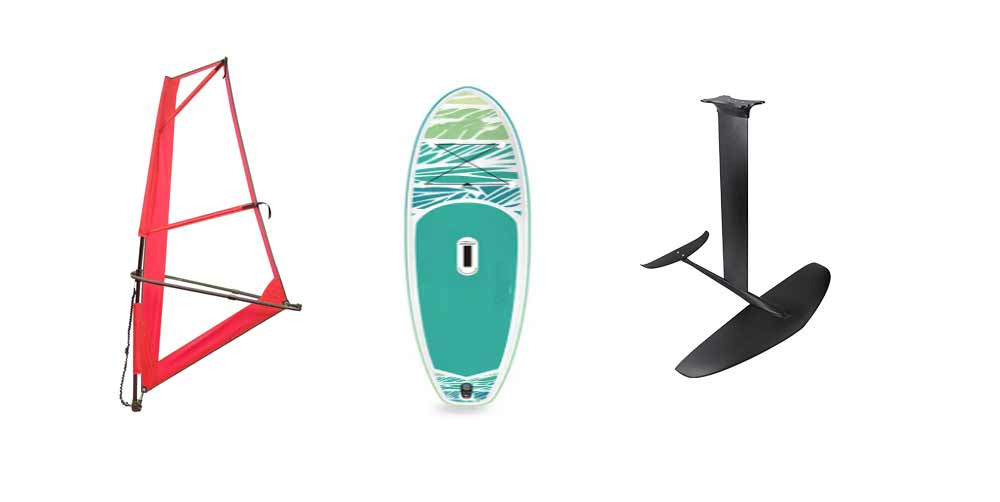
4. How Hard is Windsurfing Foiling?
Windsurfing foiling can be challenging, particularly for beginners with no prior windsurfing experience. However, with dedication, practice, and the right equipment, many windsurfers find foiling to be a rewarding and exhilarating progression in their windsurfing journey. It’s important to approach foiling with realistic expectations, a commitment to safety, and a willingness to learn from both successes and setbacks. As your skills develop, you’ll unlock the incredible sensation of gliding above the water’s surface, making the initial challenges well worth the effort.
5. What is the Difference Between Wing Surfing and Wingfoiling?
Wing surfing, often called “winging,” is a distinct sport from windsurfing foiling, though they share similarities:
Is Wing Foiling Harder than Windsurfing?
Both wing foiling and windsurfing foiling present unique challenges, and the difficulty largely depends on your prior experience and skills. Some may find wing foiling easier due to the simplicity of controlling the wing, while others may prefer the familiarity of traditional windsurfing techniques.
Wing Surfing:
- Involves holding a hand-held wing, similar to a small kite, and using it to catch the wind for propulsion.
- Rider is typically on a stand-up paddleboard (SUP) or foil board, not a windsurfing board.
Wingfoiling:
- Combines the concept of wing surfing with hydrofoils.
- Rider uses a hydrofoil-equipped board and holds a wing for propulsion.
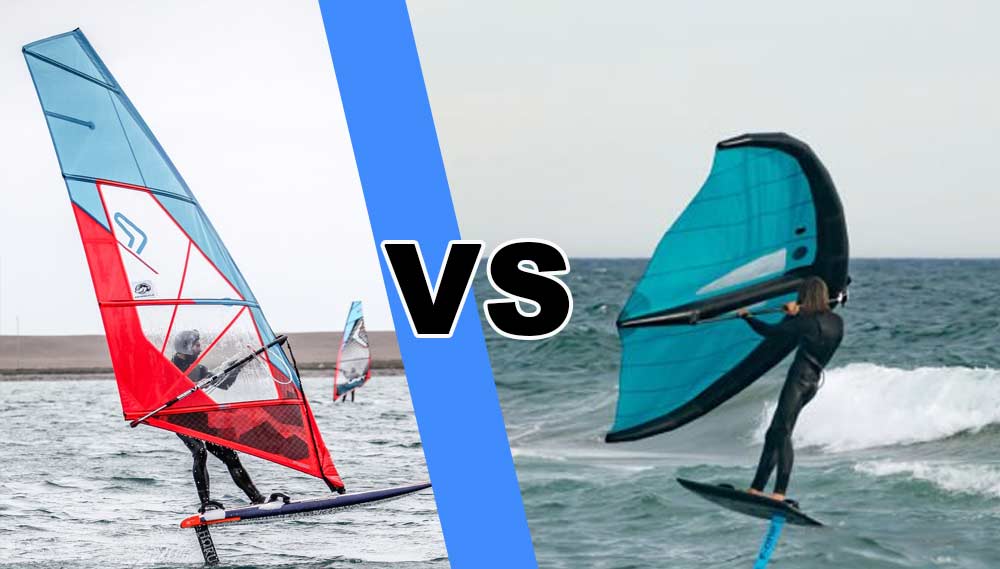
6. Preparing for Wind Foiling
Before taking on the exhilarating world of hydrofoil windsurfing, here are some essential preparations:
a.Lessons:
- Consider taking lessons from a certified instructor to learn the fundamentals and safety aspects.
b. Safety Gear:
- Always wear a life jacket and appropriate safety gear.
c. Physical Fitness:
- Strengthen your core and balance to help you maintain control on the hydrofoil.
d. Wind Awareness:
- Understand wind patterns and weather conditions to ensure a safe and enjoyable ride.
Hydrofoil windsurfing is a thrilling fusion of wind and water, offering a unique perspective on the world of water sports. With the right equipment, practice, and safety measures, you can join the ranks of windsurfers who have embraced the joy of riding above the waves on their hydrofoils.

